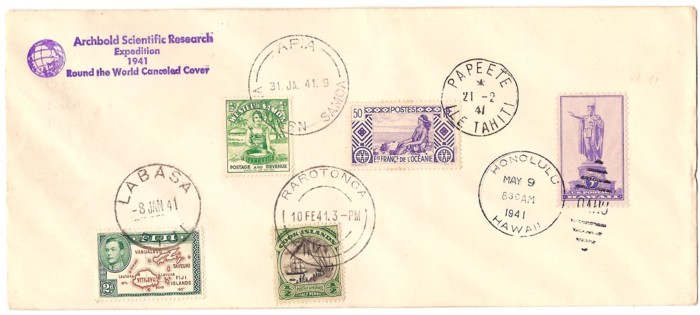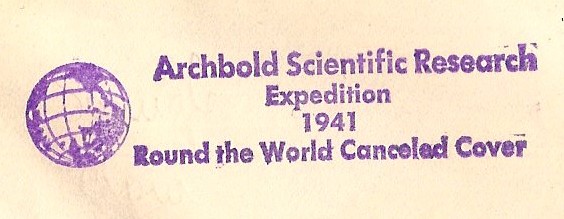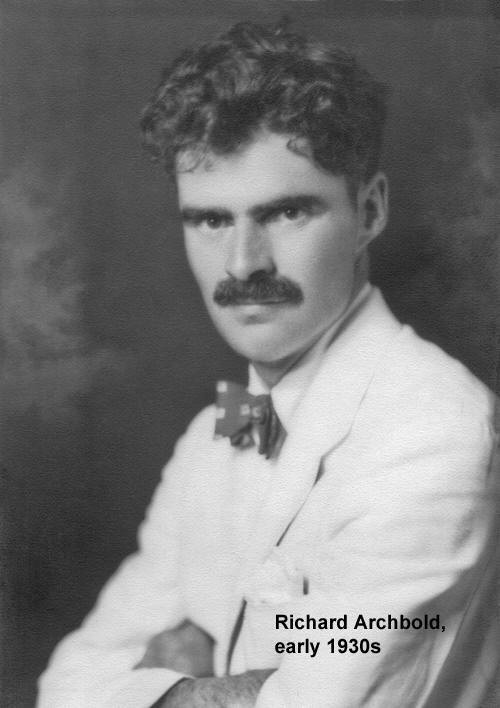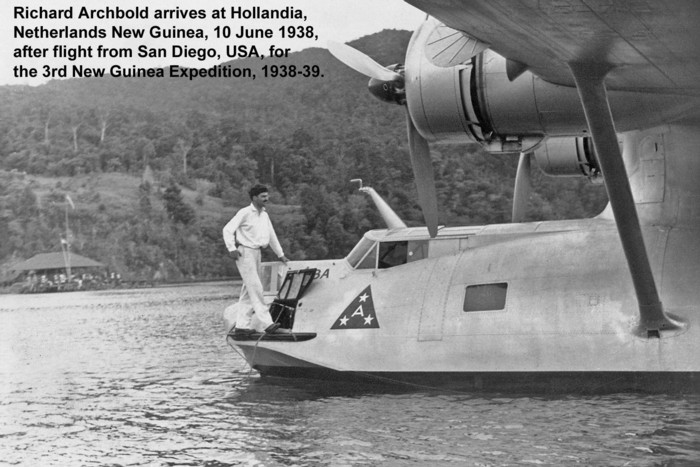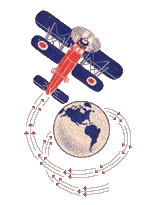Richard Archbold was an American zoologist and philanthropist born
on April 9, 1907. Being the grandson of capitalist John Dustin Archbold,
he was independently wealthy. He used his share of his family's wealth to
sponsor a series of biological expeditions to New Guinea for the American
Museum of Natural History and later established a biological research
station in Lake Placid Florida.
Richard became the first, and only US civilian to own a PBY Flying
Boat (Consolidated PBY Catalina) which he named the Guba-I. Guba
meant “sudden storm” in New Guinea’s Motu dialect. After selling this
aircraft to the Russian government as a rescue plane, he purchased
another PBY dubbed the Guba-II (Model 28-3 with registration #NC-777).
He lead three major expeditions to the island of New Guinea, two in
Papua (1933/34 and 1936/37) and the third to Netherlands New Guinea
(1938-39). At the conclusion of the 3rd expedition with war impending,
Australian Captain PG Taylor joined the flight as a navigator to determine
the practicality of an air route from Australia to Europe over the Indian
Ocean and via Africa rather than Asia.
The Guba-II piloted by Archbold and co-piloted by Russell R Rogers
returned to the US by continuing across the Atlantic Ocean completing
their circumnavigation round-the-world. Also onboard were Dr AL Rand
(assistant leader and ornithologist), LJ Brass (botanist), William B
Richardson (mammalogist), Lewis A Yancey (navigator), Raymond E
Booth (radio operator), Gerald D Brown and Stephen Barinka (flight
engineers).
Itinerary for this round-the-world flight:
Jun 02, 1938 - Jun 10, 1938 San Diego CA to Hollandia New
Guinea with stops at Pearl
Harbor and Wake Island
May 12, 1939 - Jun 01, 1939 New Guinea to Sidney Australia
Jun 03, 1939 - Jun 04, 1939 Sidney to Port Hedland Australia
Jun 04, 1939 - Jun 17, 1939 Island hopping across the Indian
Ocean to Mombassa (Survey flight)
With stops at Colos, Chagos and
Seychelles Islands
Jun 27, 1939 - Jun 29, 1939 Mombassa to Dakar West Africa
Jun 29, 1939 - Jul 01, 1939 Dakar to St Thomas Virgin Islands
Jul 01, 1939 - Jul 04, 1939 St Thomas to New York City
(World's Fair reception)
Jul 06, 1939 - Jul 06, 1939 New York City to San Diego CA
The Guba-II completed the first round-the-world flight at the earth’s
widest diameter, approximately at the equator with three additional firsts.
a) the first flight across Australia by a seaplane
b) the first flight across the Indian Ocean by any airplane and
c) the first flight across equatorial Africa by a seaplane
A year later the Guba-II completed a record non-stop flight from San
Diego CA to the naval flying base at Floyd Bennett Field, Brooklyn NYC.
Jul 12, 1940 San Diego CA to New York City
Since the Guba-II Flying Boat could land on lakes, rivers and bays, it
was adapted for aerial reconnaissance and photography. The Guba-II was
sold by Archbold to the British Government in September 1940 for wartime
use by the Royal Air Force Coastal Command. Under the guise of
continuing biological expeditions, the Guba-II replicated its earlier round-
the-world capabilities with reconnaissance flights in the Pacific.
Jan 08, 1941 Fiji
Jan 31, 1941 Western Samoa
Feb 10, 1941 Cook Islands
Feb 21, 1941 Papeete French Polynesia
May 09, 1941 Honolulu Hawaii
Dec 07, 1941 Japan attacked the US Naval Base, Pearl Harbor HI
The escalating activity of WW-II severely disrupted Archbold’s plans
for further research work in New Guinea. Four further Archbold-financed
expeditions were made to New Guinea after WW-II but Archbold did not
personally participate in them. Archbold never married and continued to
live at his Archbold Biological Station in Florida until his death on August 1,
1976.
